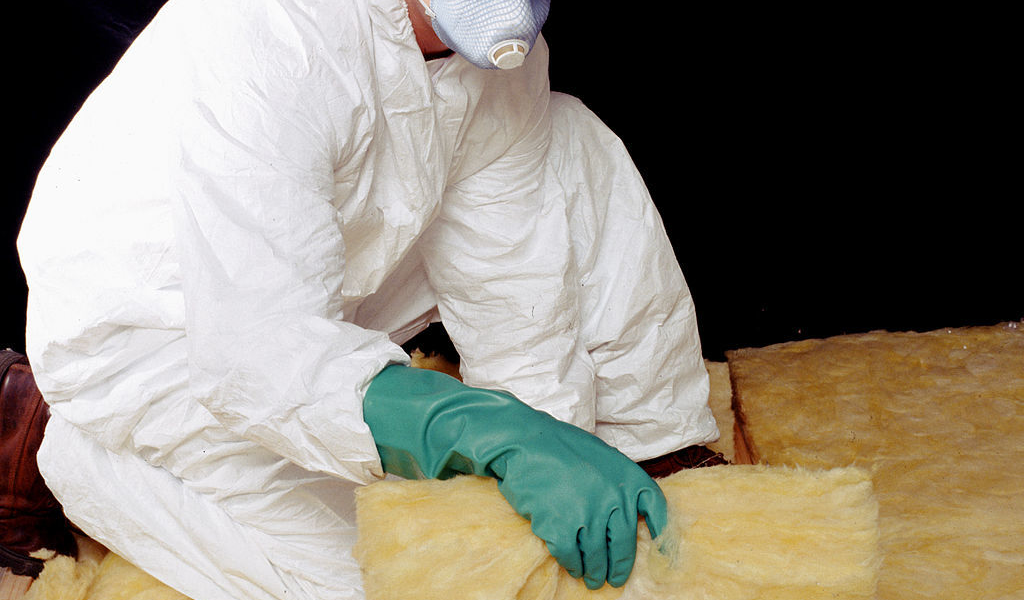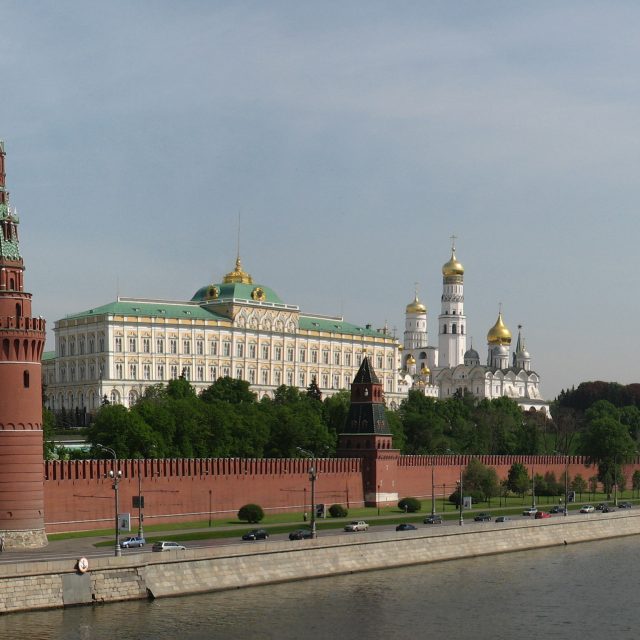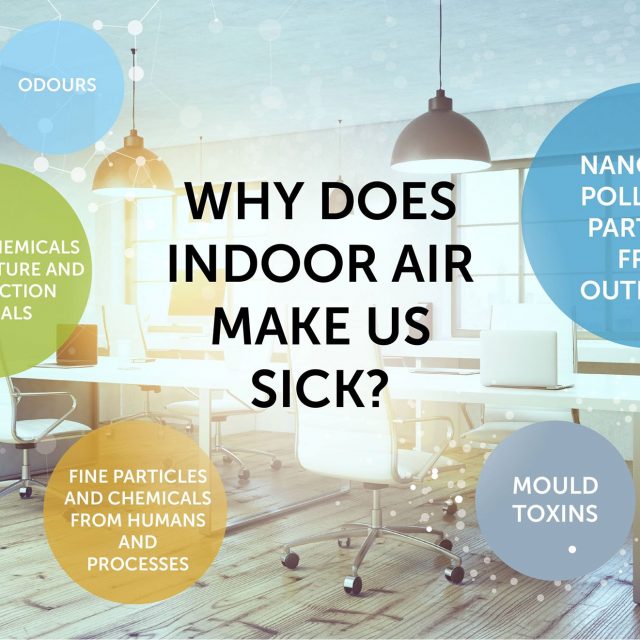The European Commission’s ambitious European Green Deal aims to address the twin challenge of energy efficiency and affordability and states that the European Union and the member states should engage in a ‘Renovation Wave’ of public and private buildings.
This policy enjoys broad support and the renovation wave has also become a key element of the Commission’s post-COVID-19 Recovery Plan, the flagship €750 billion fiscal package.
Insulation is likely to factor heavily in this project. However, concerns are growing that potential health risks from a widely used insulation material called Manmade Vitreous Fibres (MMVF), also known as mineral wool, must be taken into account as Europe renovates its buildings.
Mineral wool is treated under the EU Classification, Labelling and Packaging (CLP Regulation 1272/2008 as “suspected human carcinogen”. The so-called “Q note” allows for exceptions from this classification under certain requirements, which mineral wool produced before 1996 generally do not fulfil. Health concerns are not limited to possible carcinogenicity. There are other health concerns which also apply to so-called new mineral wool, produced since 1996, including skin abnormalities and lung disease including Chronic Obstructive Pulmonary Disease (COPD). These health concerns were summarised in an EU Today Report.
As the much needed drive to renovate Europe’s buildings progresses, including an emphasis on insulation, it is essential that any health risks associated with this widely used material be taken into account by Brussels.
Although the policy agenda is currently dominated by the need to take action to protect public health against the COVID-19 pandemic, we must stay alert to other important health risks, and not lower the bar for otherwise popular climate change actions.




